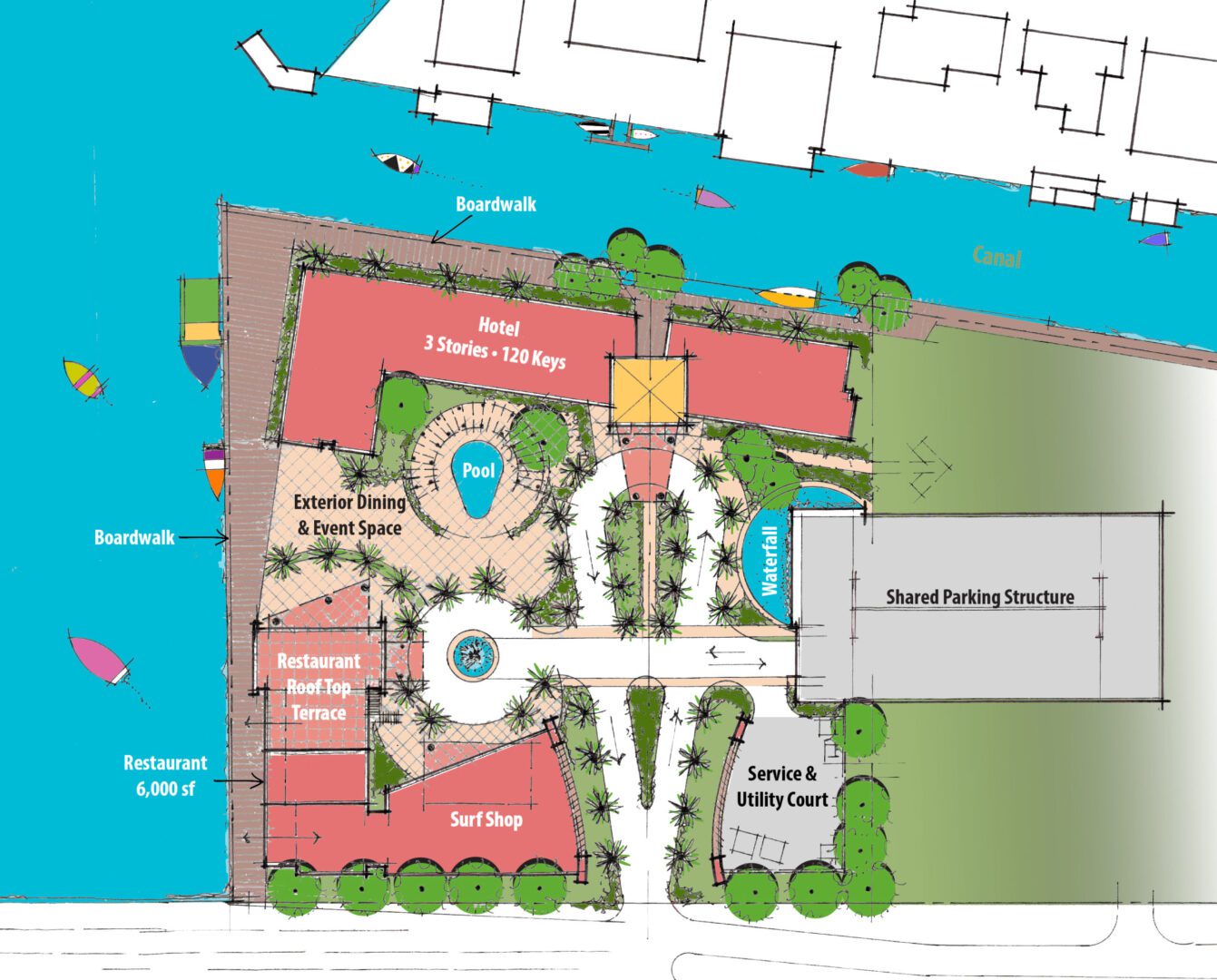The most important aspect of every project is the vision of a thoughtful Master Plan. A well-conceived and efficient master plan of a development can save millions of dollars. A sensitively designed master plan, whether one-half acre or 200 acres, should tell a meaningful “story”.
Architect Daniel Burnham summed it up best when he stated, “Make no little plans. They have no magic to stir men’s blood and probably will not themselves be realized”…..
ODA Architecture provides horizontal master planning services on every project, regardless of the site size. Besides programmatic uses, a strong master plan considers natural elements, topography, vehicular and pedestrian connectivity, context, and the flow of rainwater. A meaningful master plan should minimize the amount of asphalt while maximizing the amount of public open space and embrace Mother Earth. Public open space includes wooded areas, village greens, public lawns, gardens, and ponds. A rich mix of uses assists with the placemaking aspects, sharing of amenities, reduction of parking and enhances the Master Plan’s story.
ODA Architecture considers vertical master planning of mixed-use buildings as important as horizontal master planning. The same principles are incorporated vertically. A mix of vertical uses should be connected with biophilia, including large window areas, atriums, greenhouses, courtyards, vertical parks and roof-top terraces.
A development’s story is meaningful when tying the horizontal and vertical master plans to the local context and history to provide a “Sense of Place”. As urban land is precious and rapidly becoming scarce, it is paramount to conceive and integrate thoughtful master planning principles into every design. A sensitive Master Plan, integrated with an interesting story, truly creates magic.
…..”make big plans; aim high in hope and work, remembering that a noble, logical diagram once recorded will never die, but long after will be a living thing, asserting itself with ever-growing insistency.”
Daniel Burnham, 1910




